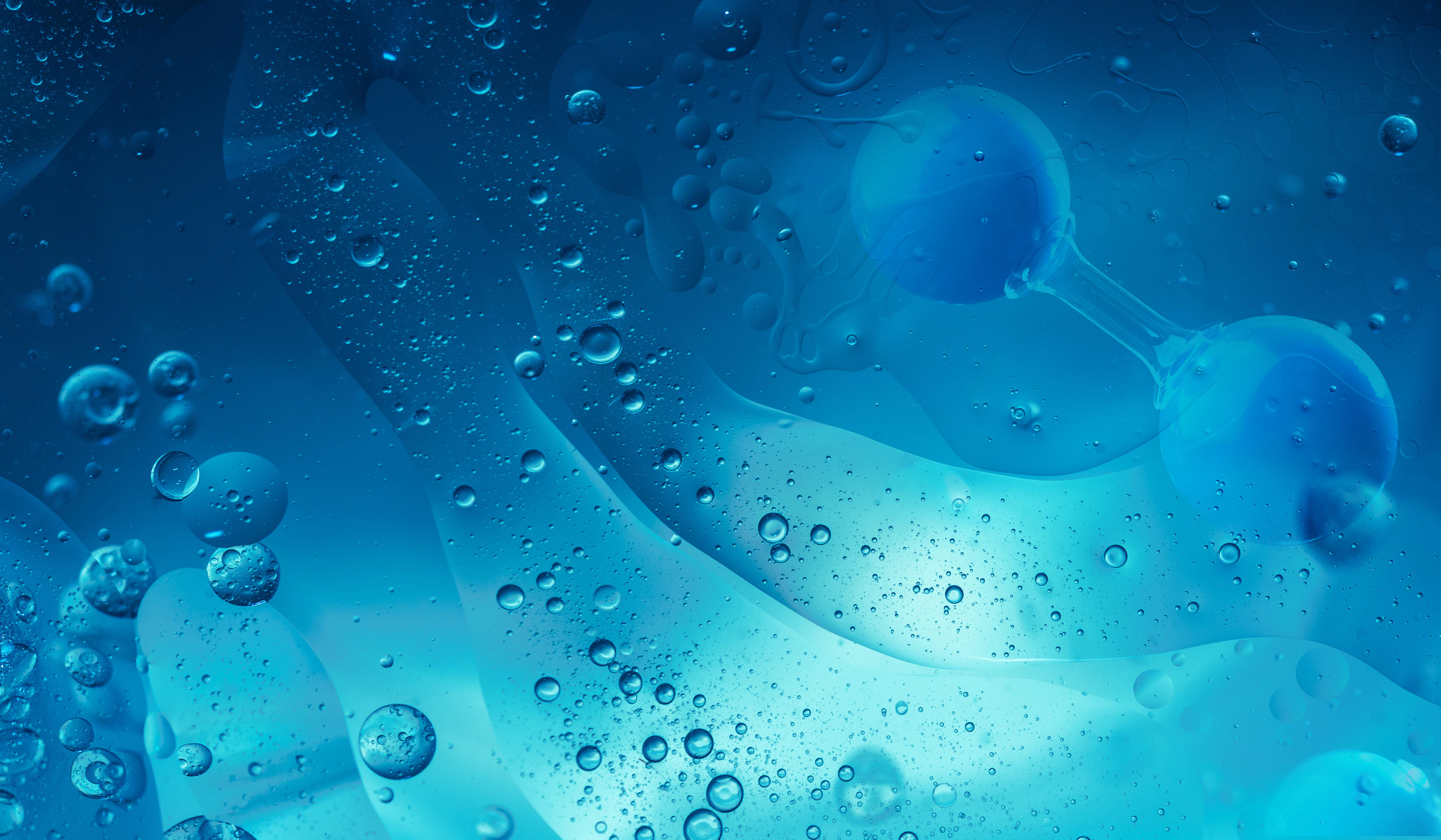Unfired pressure vessels - New approaches to determine negligible creep of steels for EN 13445
Abstract
This work item aims to describe newly-developed iso-stress test methods and data assessment methods using the physically-based Wilshire Equations to determine the no- and negligible creep temperatures for specific materials grades in EN material standards. It also advises on how to make best use of historical data, sometimes augmented by simple testing to improve their applicability, and lastly (and least favoured) how to use the strength values in standards to make similar calculations. By doing so, it should minimize the inherent risk and over-conservatism in the current EN 13445-3 design procedures for creep-weak grades and creep-resistant grades, respectively. The improved approach should thereby both improve safety and aid material selection by judicious use of creep-resistant grades in their (relatively large) negligible creep domain, to potentially avoid creep design/surveillance altogether. The work reported in this document has taken several years to complete, with notable improvements and advances in both technical methods and understanding contributed by the authors, external contributions from the European Creep Collaborative Committee, and views and advice sought from others within the industry. The main body of the report takes a “narrative approach” to reporting those matters, with the detail covered in Annexes. The main deliverable from the report is a proposed new Annex for EN 13445-3 containing materials used in pressure equipment subject to creep, and the revised no- and negligible creep temperatures. Secondary deliverables arise as follows: 1) a review of methods used worldwide to develop no- and negligible creep temperatures, leading to the selection of no-creep condition based on a reference stress and temperature in which creep strain is limited to a maximum 0,2% creep strain over the full design life or a maximum of 200 000 h; 2) a consideration of existing techniques used to derive no-creep temperatures from historical strength tables and the test data used to prepare them, leading to recommendations on how these might be used most effectively; 3) specific examples of the use of the Wilshire Equations approach for both rupture life and times to specific creep strain on how these can be used calculate no-creep temperatures, leading to a methodology for their use with historical datasets. Advice on how those datasets can be used where some data are unavailable; 4) a method of iso-stress testing at the reference stress to low strains and at temperatures just above the no-creep temperature, allowing less extensive testing and simpler extrapolation to the no-creep temperature; 5) recommendations for how the new no-creep temperatures can be converted to negligible creep temperatures for reduced lifetimes, the consequence for creep-fatigue and other aspects of how they might be used in EN 13445-3 for the design of pressure equipment. Although specifically focussed on unfired pressure vessels, and on the steels used for their construction, the technical approach is expected to be applicable to other materials and applications, including copper and aluminium alloys at lower temperatures and nickel-base alloys for higher efficiency plant. It is also anticipated to be amenable for adaptation to other criteria for no-creep temperatures in other design codes.
Begin
2024-02-23
WI
00054209
Planned document number
DIN CEN/T? 00054209
Project number
01200769
Responsible national committee
NA 178-01-01 AA - Unfired pressure vessels


